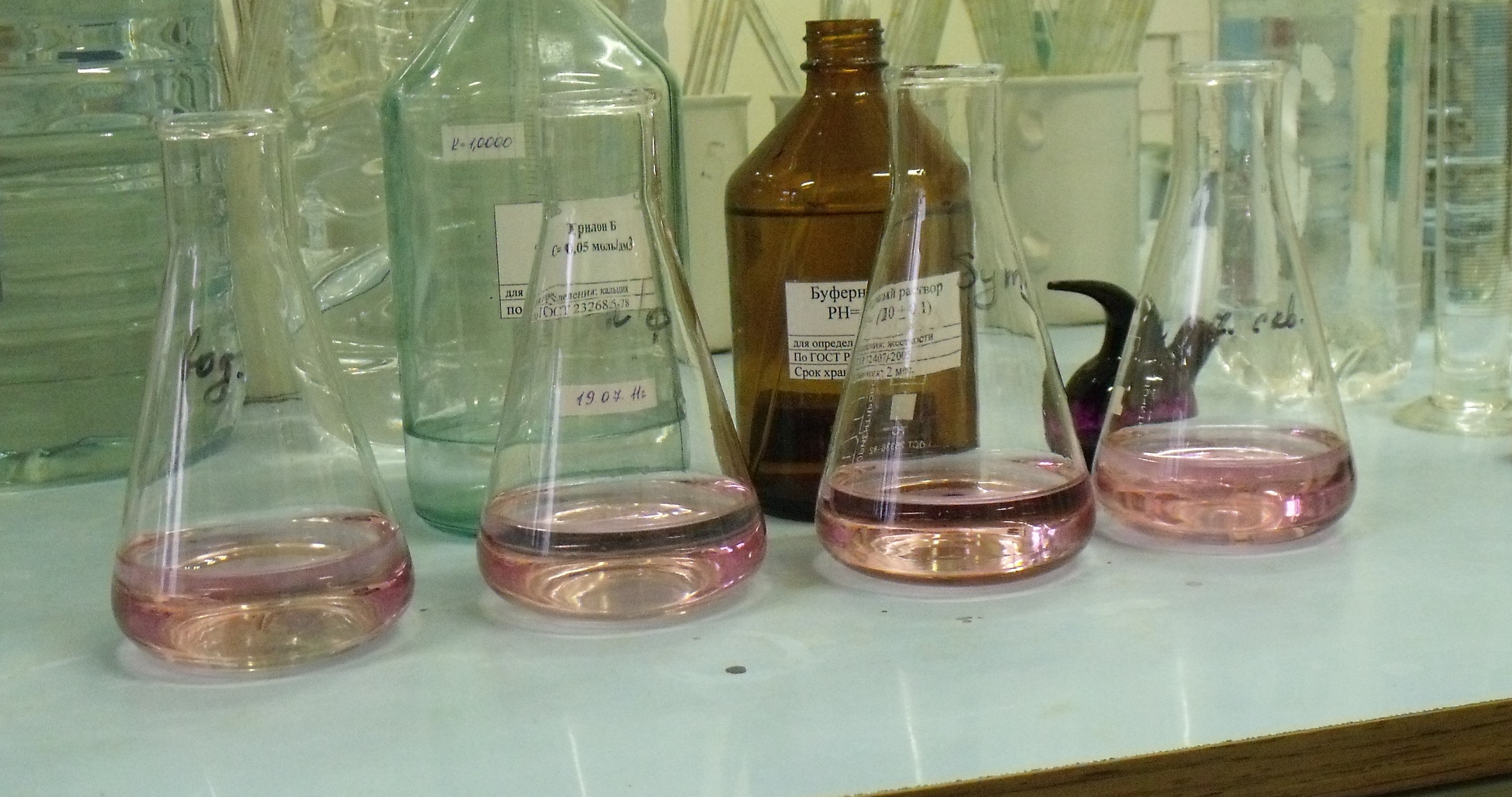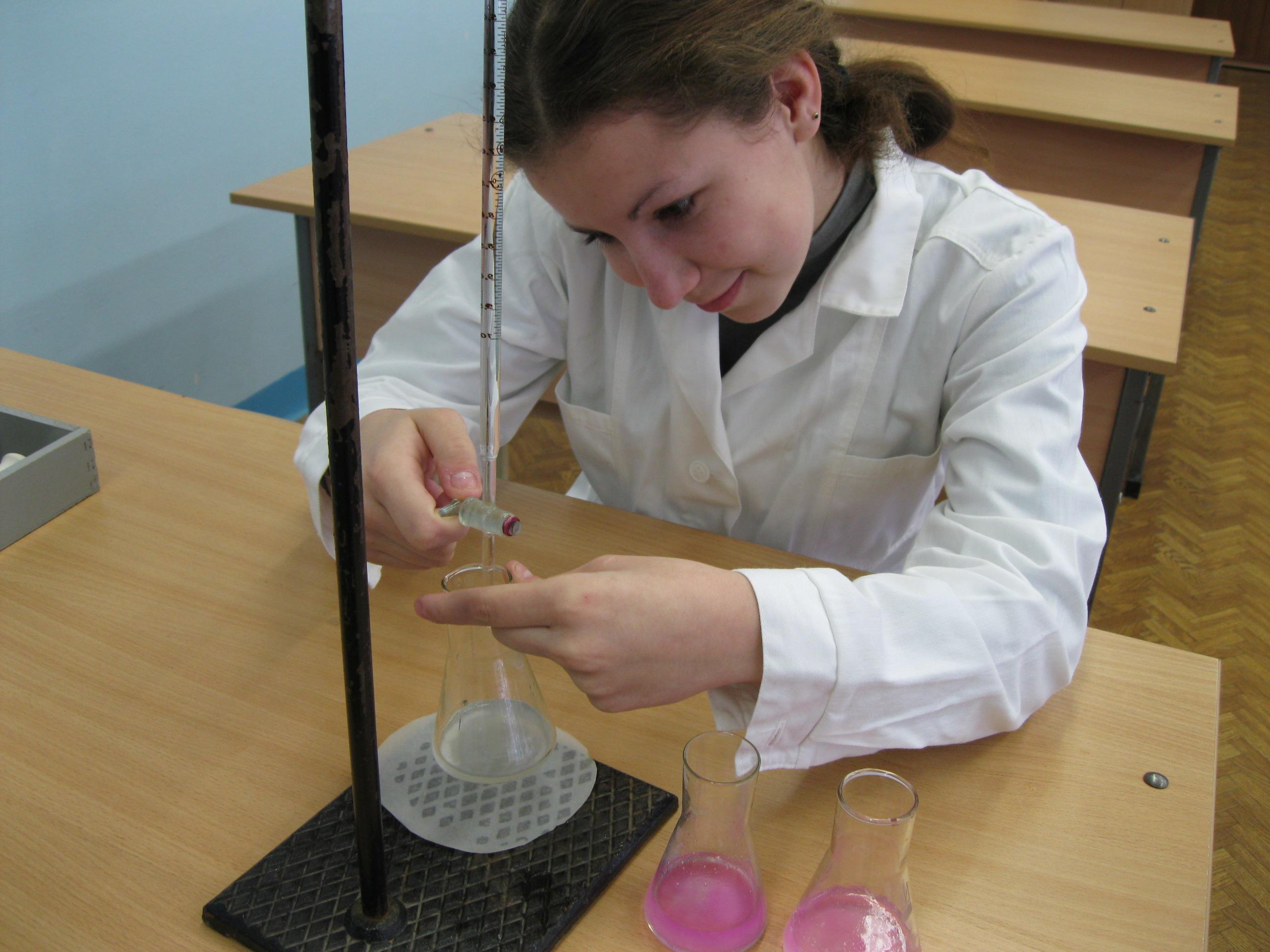
Mohr's titration principle
We take the detection of Cl in water as an example, add (K2CrO4) indicator to a neutral water sample containing Cl-, and titrate with AgNO3 standard titration solution. The reaction formula is as follows:Ag+ CI- ⇌AgCI(white) K=1.8×10-10
2Ag+CrO4⇌Ag2CrO4 (brick red) Ks=2.0×10-12
According to the principle of step-by-step precipitation, since the solubility of AgCl is lower than that of Ag2CrO4, AgCl precipitates first during the titration process. After the quantitative precipitation of AgCl, an excess of a drop of AgNO3 solution reacts with K2CrO4, forming a brick-red Ag2CrO4 precipitate, indicating the arrival of the titration end point.

Mohr's titration conditions
(1) Dosage of indicator
According to the solubility product rule, the concentration of Ag and Cl- in the solution at the stoichiometric point is:[Ag+]=[Cl-]=√Ksp.Ag Cl=√1.8x10-10 =1.34×10-5(m0/L)
At the stoichiometric point, it is required to just precipitate the red brick of Ag2CrO4 to indicate the end point. Theoretically, the required CrO4 concentration at this time can be calculated.
In actual work, because the K2CrO4 indicator itself is yellow, when its concentration is high, the color is darker, and it is not easy to judge the appearance of brick red precipitation. Therefore, in fact, the concentration of K2CrO should not be too large. The experiment proves that it is generally about 5x10. -3mol/L is enough.
Obviously, after the K2CrO4 concentration is reduced, to make Ag2CrO4 precipitate out, more AgNO3 standard titration solution must be added, so that the titrant will be excessive and the end point will appear after the stoichiometric point. For example, when using 0.1000mol/L AgNO3 standard titration solution to titrate 0.100mol/L KC1 solution, when the indicator concentration is 5×10-3moL, the end point error is only +0.06% and basically does not affect the accuracy of the analysis results. However, if the CL content in the water sample is small, for example, the 0.0100mo/L AgNO3 standard titration solution is used to titrate the 0.01000mol/L KCl solution, the end point error can reach +0.6%, which will affect the accuracy of the final analysis result. In this case, it is usually necessary to calibrate the measurement results with the blank value of the indicator.
(2) Control of solution acidity
Under acidic conditions, CrO4 reacts with H+ as follows:2H++2CrO4 ⇌2HCrO4 ⇌Cr2O4-+H2O
The acidity increases, the H concentration increases, the equilibrium shifts to the positive reaction direction, and the CrO4 concentration decreases, which affects the formation of Ag2CrO4 precipitation. Therefore, the titration cannot be performed under acidic conditions.
If under strong alkali conditions, Ag2O will precipitate.
2Ag++2OH = 2AgOH↓
↳Ag2O+H2O
Therefore, the Mohr method can only be carried out under neutral or weakly alkaline (pH 6.5~10.5) conditions. If the water sample is acidic or strongly alkaline, phenolphthalein can be used as an indicator and adjusted with dilute NaOH solution or dilute H2SO4 solution to make the red color of phenolphthalein just fade away.
When there is ammonium salt in the water sample, the pH of the water sample should be controlled to be 6.5~7.2, otherwise when the pH value is high, there will be free NH3, which will form Ag(NH3) and Ag(NH3) with Ag+ 2. Increase the solubility of AgCl and Ag2CrO4 precipitates and affect the accuracy of titration. Therefore, when the concentration of ammonium salt in the water sample is large, an appropriate amount of alkali should be added before the determination to volatilize most of the ammonia, and then adjust the pH value of the water sample to an appropriate range for titration.



